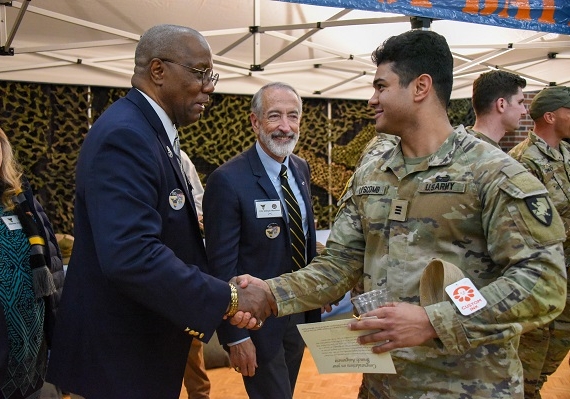renegaderaider
New Member
- Joined
- Jul 12, 2023
- Messages
- 5
I have an appointment from USMA and USAF, and I am still waiting to hear back from USNA. I want to know what my odds are in securing a pilot slot out of USMA. I am aware that the needs of the Army are often put over the individual, and that USNA and USAF have a significant number of pilot slots, but I am really leaning towards West Point after attending SLE over the summer. At the end of the day, though, I want to make the best decision for my career rather than the school experience.

